Full text
PDF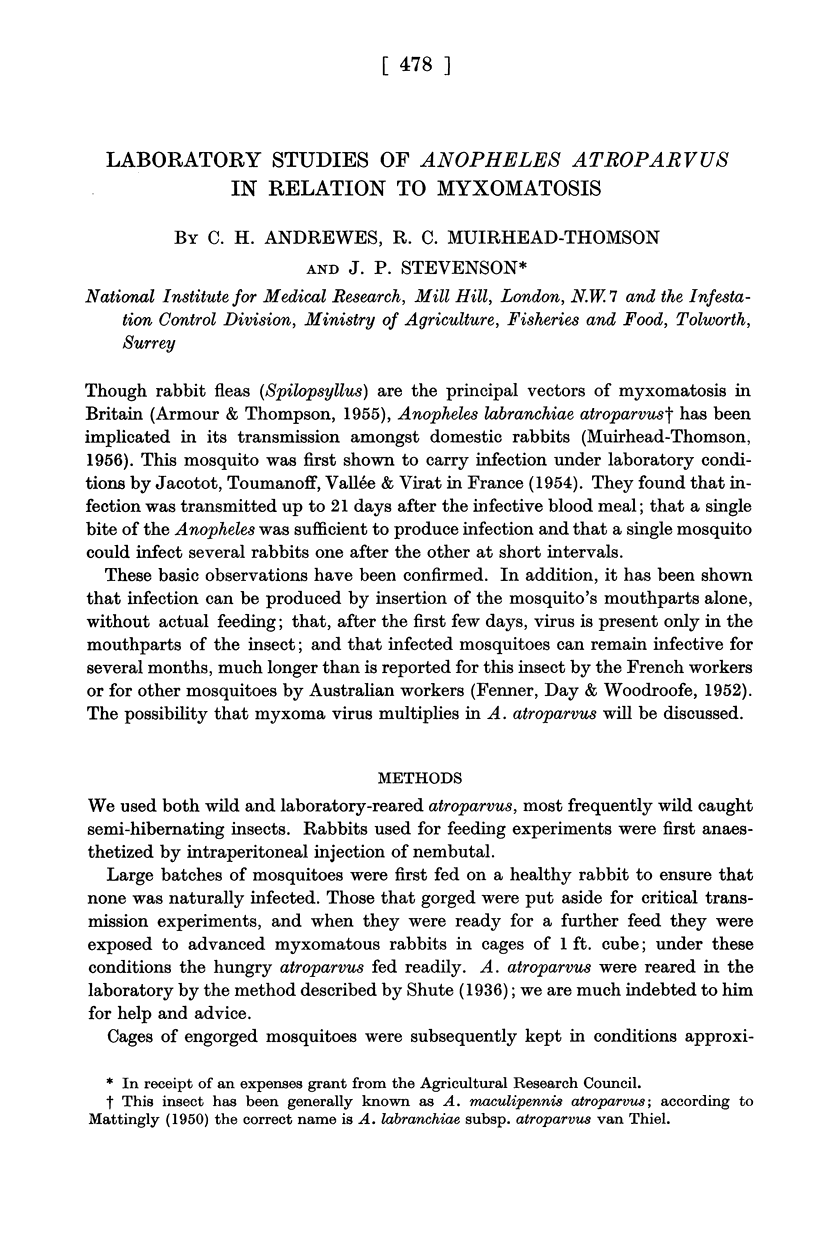
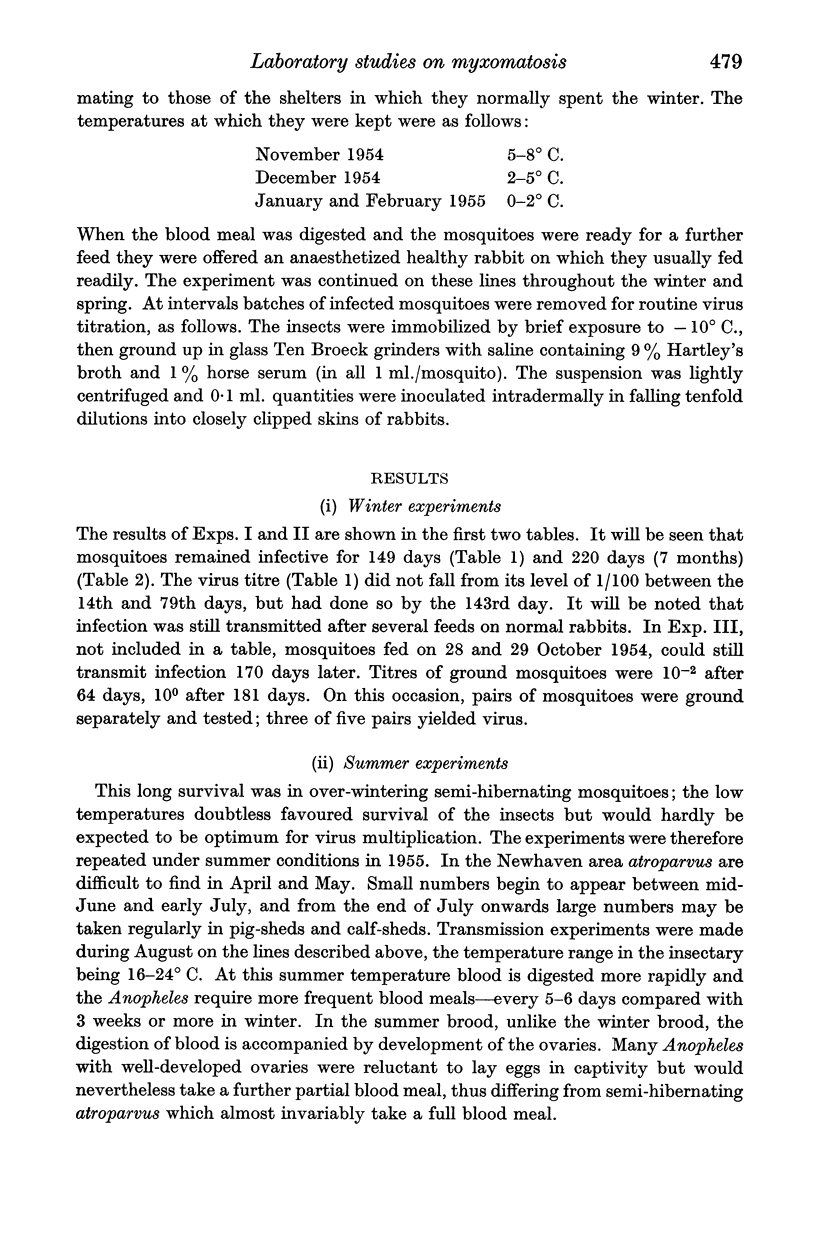
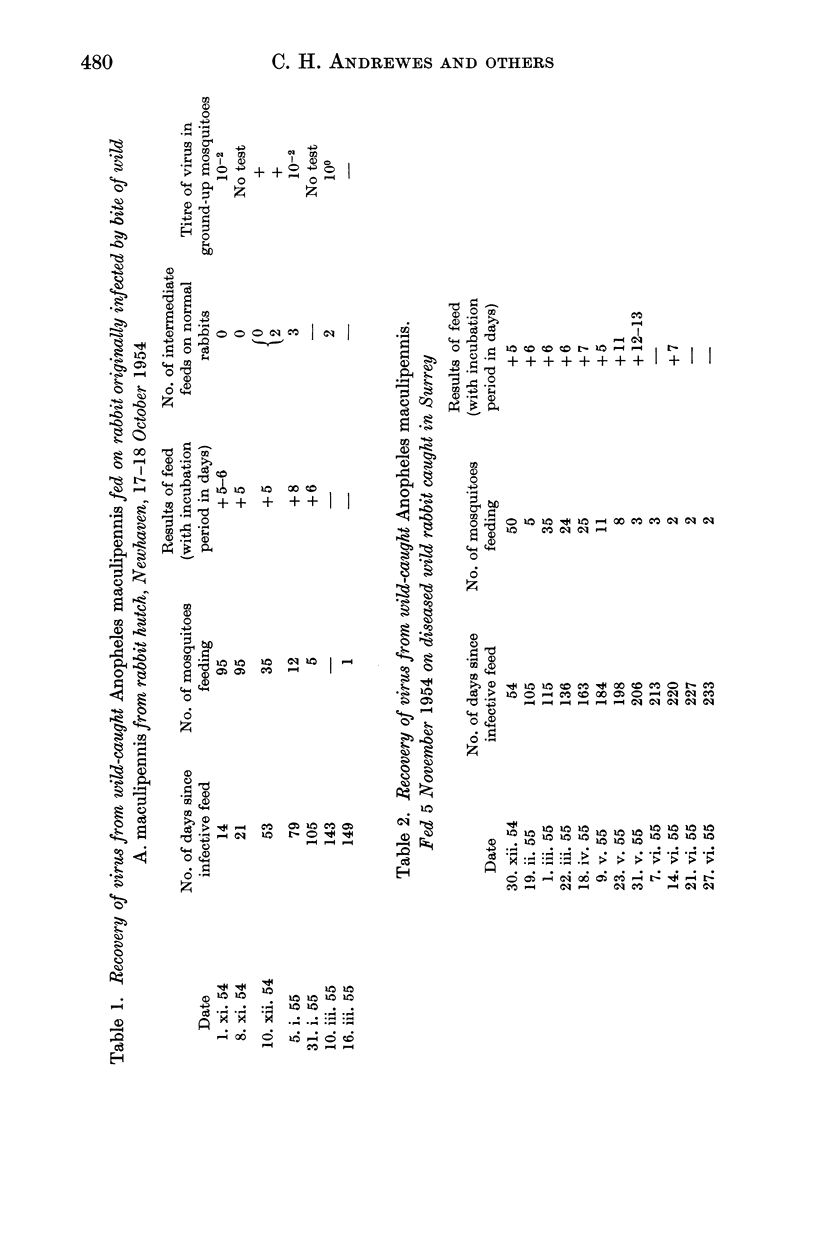
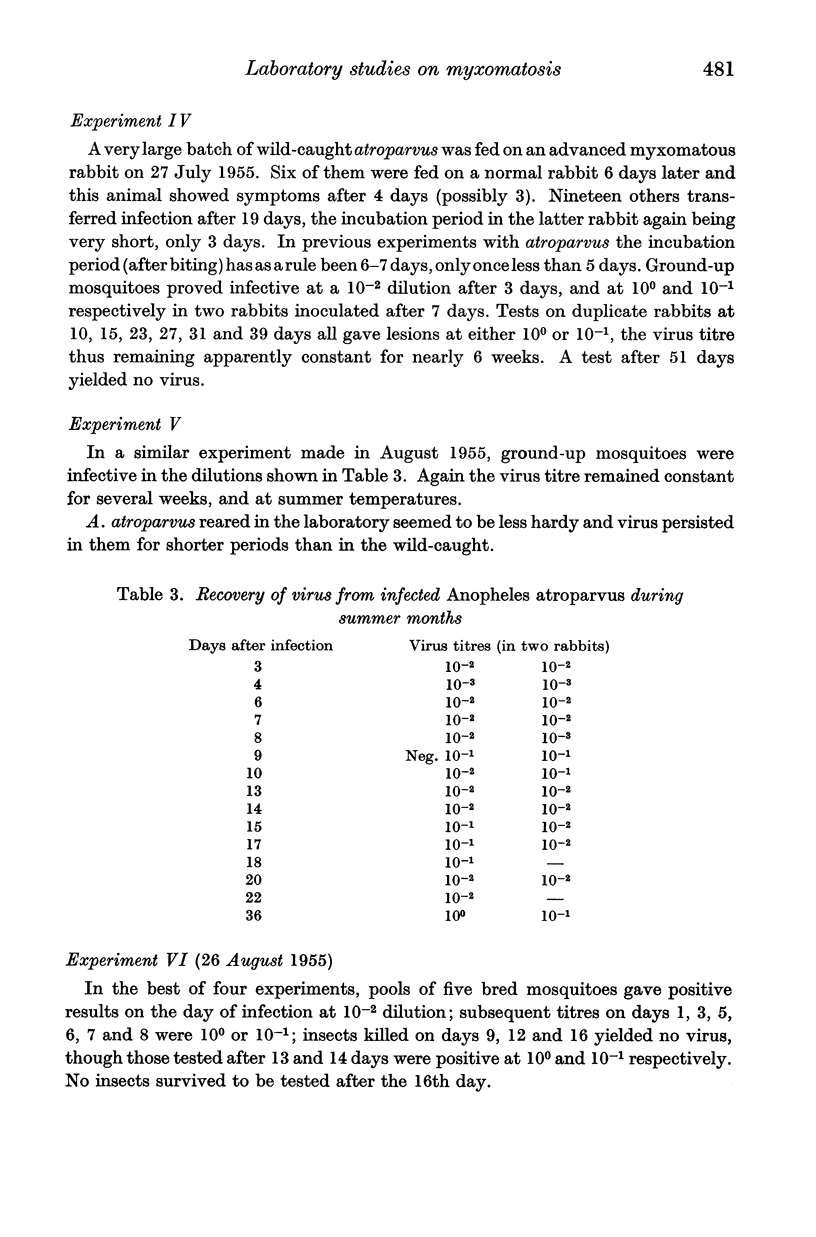

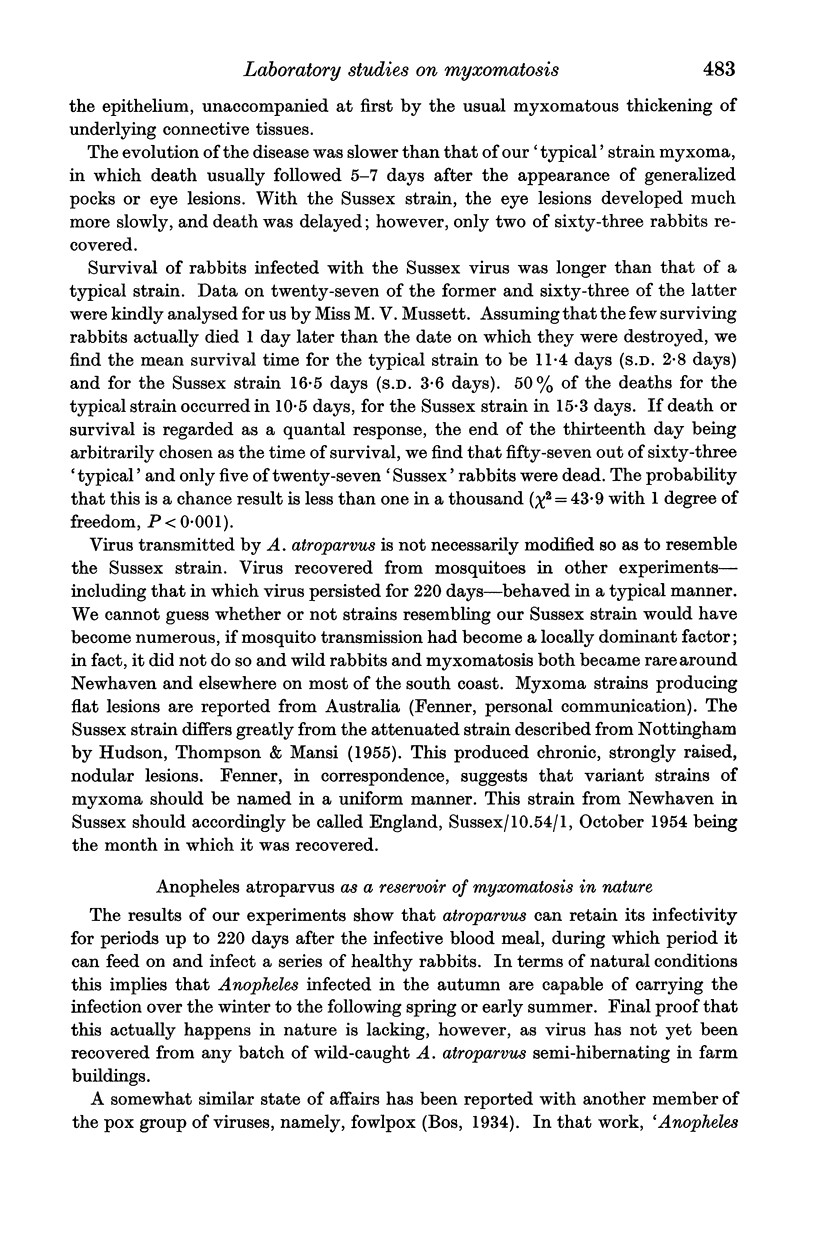
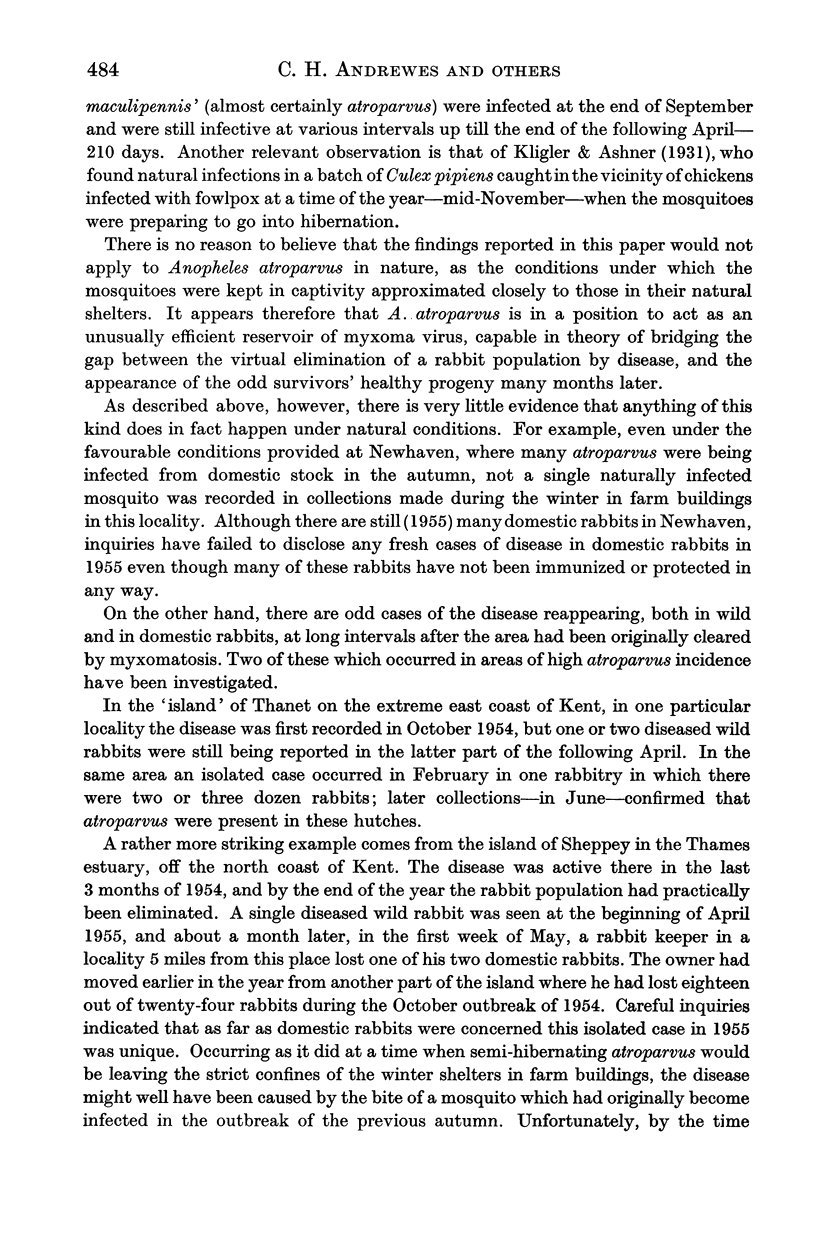
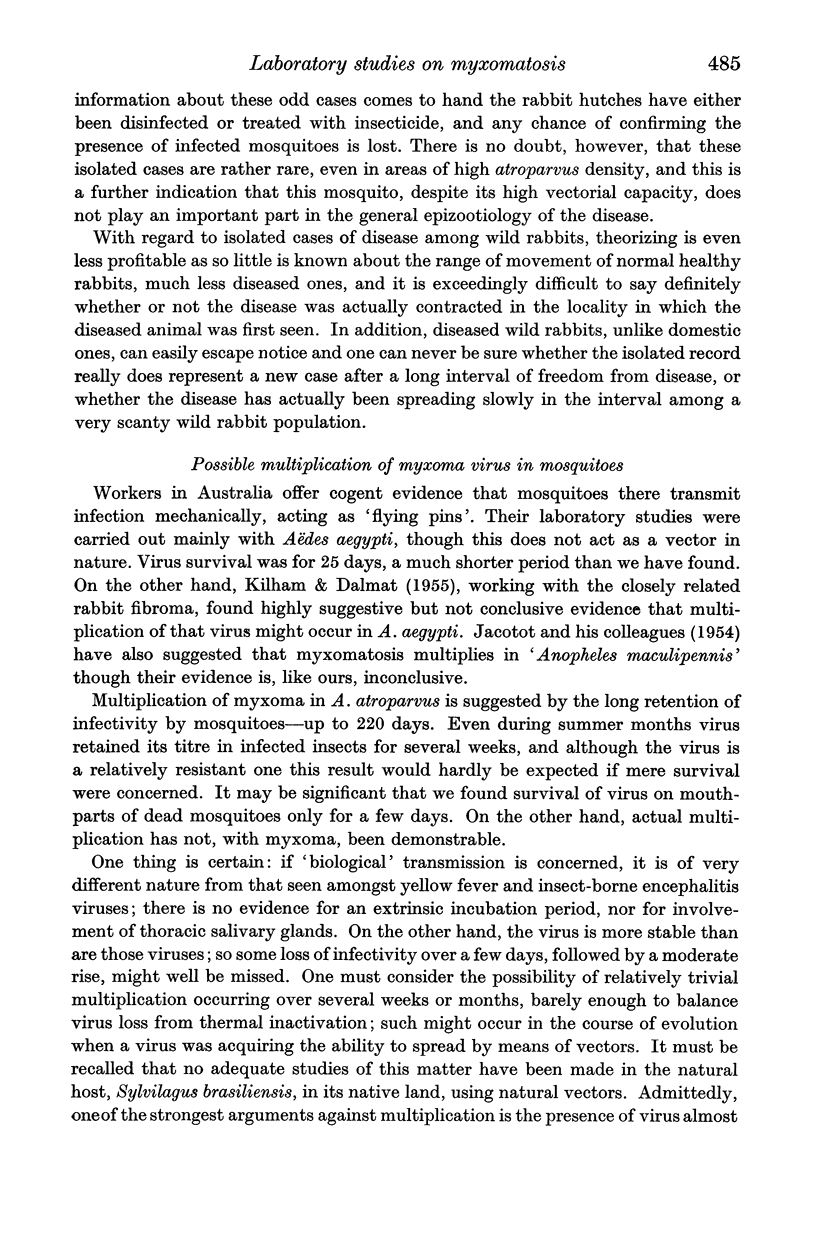
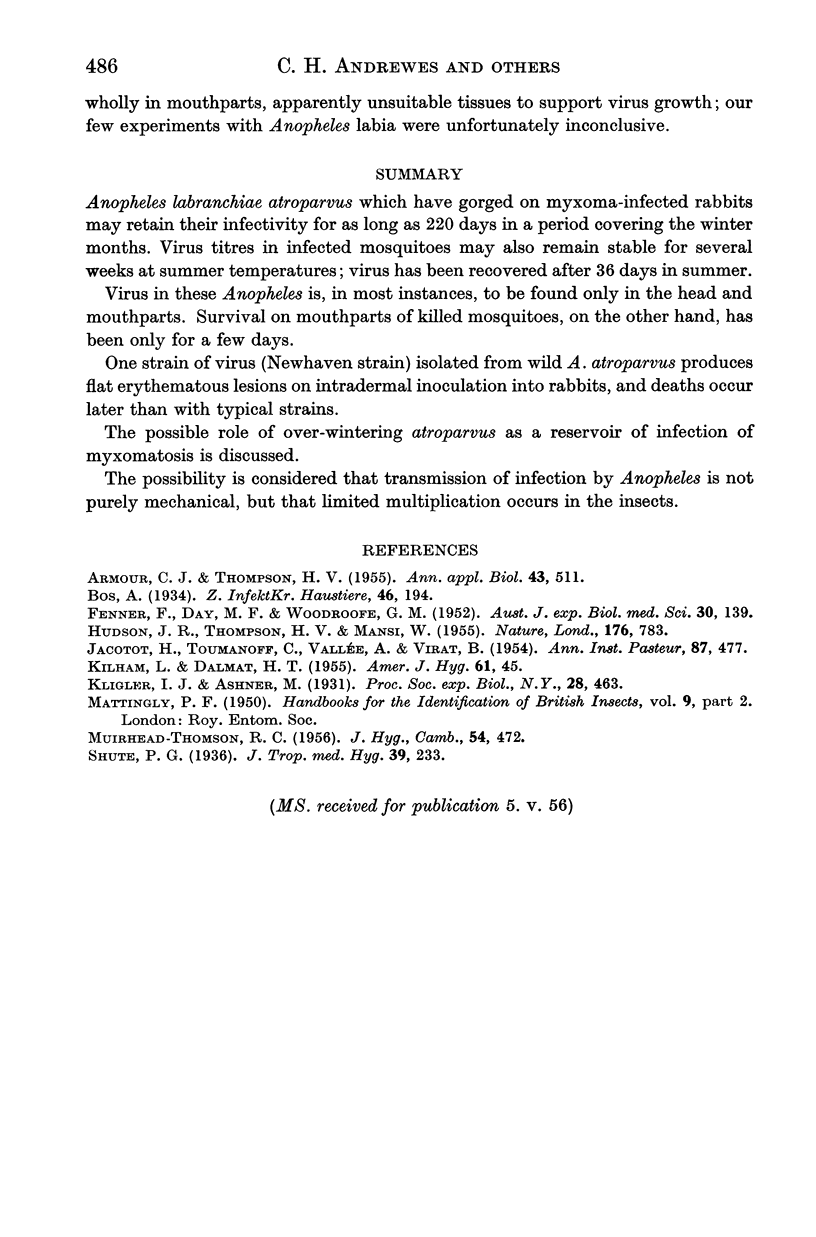
Selected References
These references are in PubMed. This may not be the complete list of references from this article.
- FENNER F., DAY M. F., WOODROOFE G. M. The mechanism of the transmission of myxomatosis in the European rabbit (Oryctolagus cuniculus) by the mosquito Aedes aegypti. Aust J Exp Biol Med Sci. 1952 Apr;30(2):139–152. doi: 10.1038/icb.1952.13. [DOI] [PubMed] [Google Scholar]
- HUDSON J. R., THOMPSON H. V., MANSI W. Myxoma virus in Britain. Nature. 1955 Oct 22;176(4486):783–783. doi: 10.1038/176783a0. [DOI] [PubMed] [Google Scholar]
- JACOTOT H., TOUMANOFF C., VALLEE A., VIRAT B. Transmission expérimentale de la myxomatose au lapin par Anopheles maculipennis atroparvus et Anopheles stephensi. Ann Inst Pasteur (Paris) 1954 Nov;87(5):477–485. [PubMed] [Google Scholar]
- KILHAM L., DALMAT H. T. Host-virus-mosquito relations of Shope fibromas in cottontail rabbits. Am J Hyg. 1955 Jan;61(1):45–54. doi: 10.1093/oxfordjournals.aje.a119737. [DOI] [PubMed] [Google Scholar]
- MUIRHEAD-THOMSON R. C. Field studies of the role of Anopheles atroparvus in the transmission of myxomatosis in England. J Hyg (Lond) 1956 Dec;54(4):472–477. doi: 10.1017/s0022172400044752. [DOI] [PMC free article] [PubMed] [Google Scholar]


